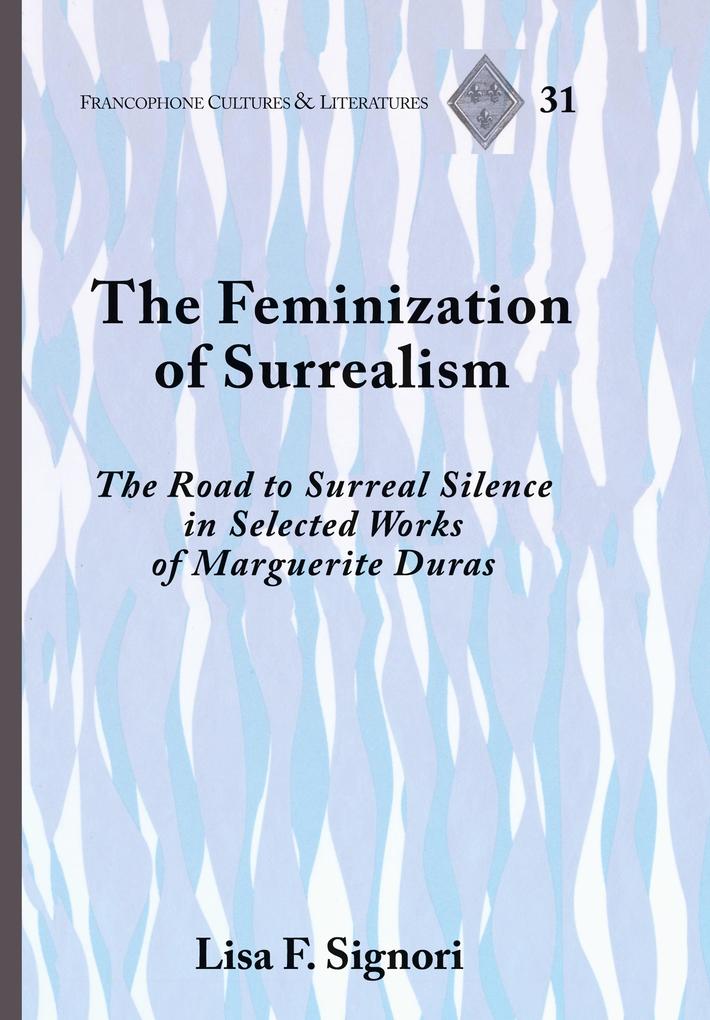Marguerite Duras s writing is analogous to the surrealist endeavor, though her work is rarely compared to surrealist principles. This study proposes a detailed analysis of Duras s relationship to the male-dominated literary domain of Surrealism, founded in France in 1924 by André Breton. Such an approach allows a greater understanding of her work and broadens the realm of surrealist aesthetics to include the female experience. With Duras s final text C est tout in mind, this book suggests a reevaluation of the Durassian corpus based on a comparison of the ultimate silence of her texts to the surrealist ideal of the marvelous. This study shows how Duras s work encourages a reexamination of the surrealist movement to encompass the feminine unconscious, which finds its place in the realm of silence.










